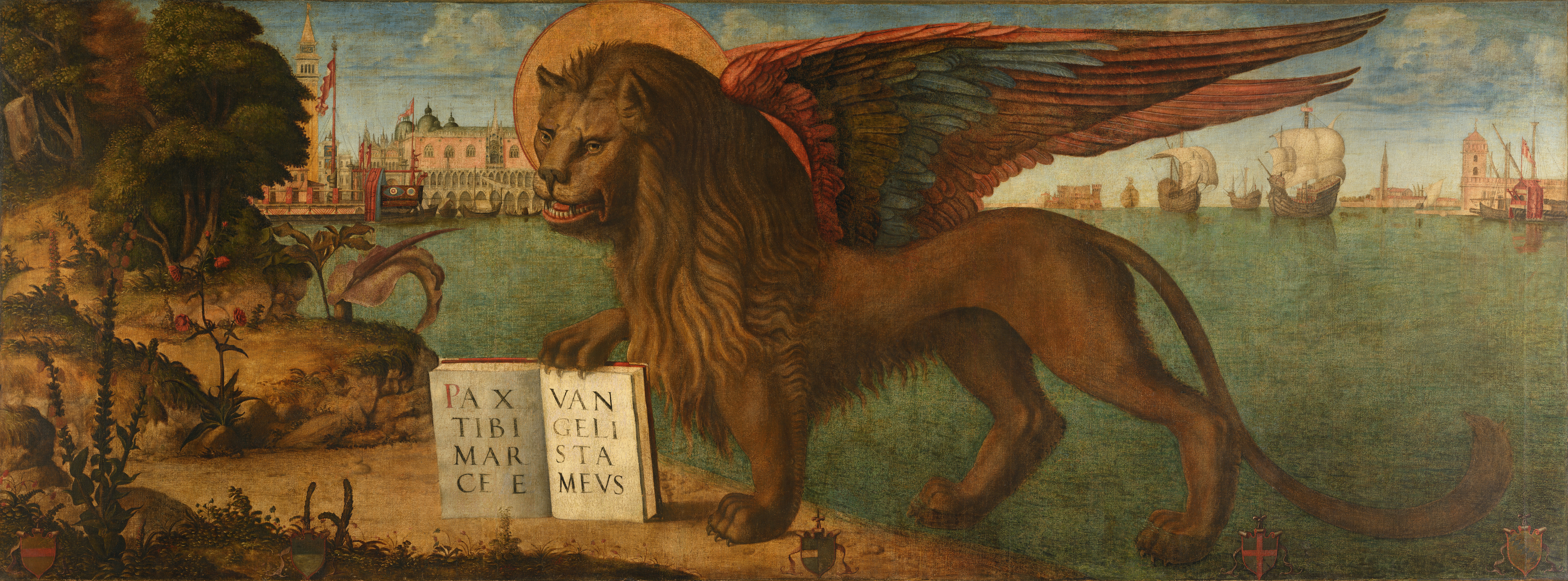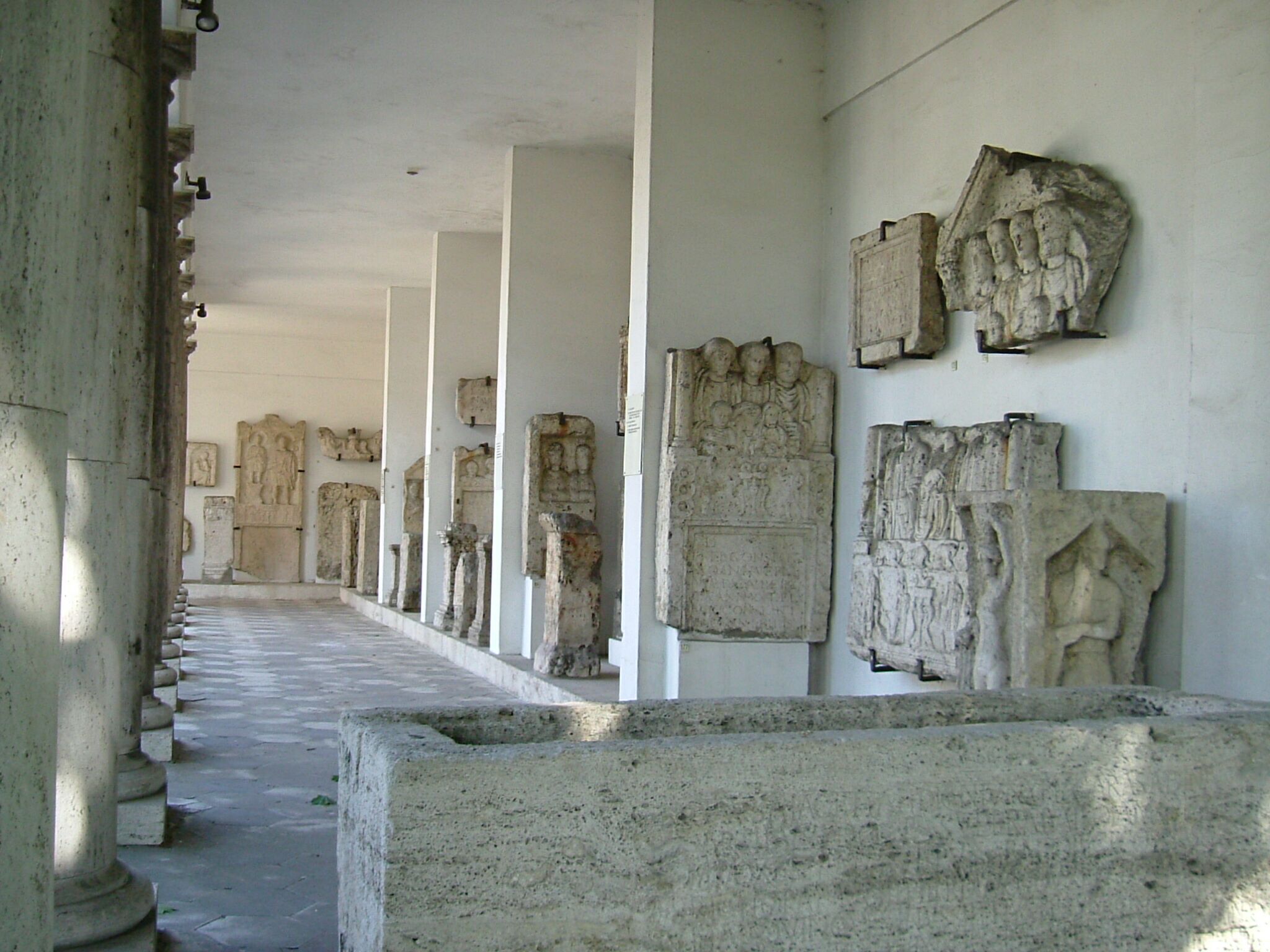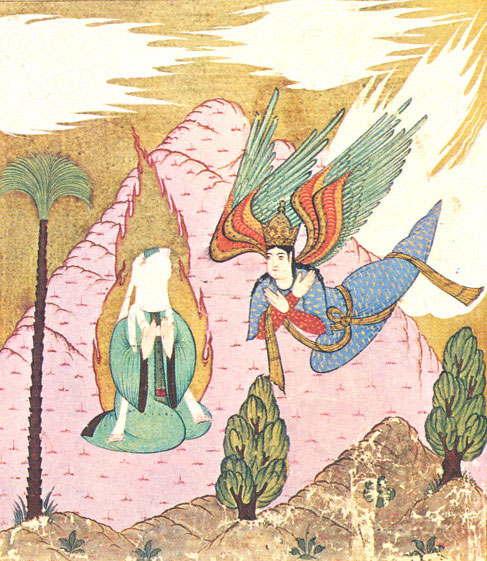|
Piazza Della Loggia
Piazza della Loggia, or more simply Piazza Loggia, also known as Piazza Grande or Piazza Vecchia (''Piàsa dela Lògia'' or ''Piàsa ècia'' in Brescian, Brescian dialect), is one of the Italian city Brescia's main squares, a symbolic place of the Brescian Renaissance and Venetian rule over Brescia. Designed and built in a unified manner since the fifteenth century, it has an overall rectangular shape and is bordered along its perimeter by a series of historic buildings of a certain artistic interest. On the western side can be seen the 16th-century Palazzo della Loggia (Brescia), Palazzo della Loggia, seat of Brescia's municipal council, and on the southern side the two Mount of piety, mounts of piety, the old and the new, which, built between the 15th and 16th centuries, constitute Italy's first lapidary museum. On the eastern side of the square, on the other hand, there are the Renaissance arcades and the Torre dell'Orologio, Brescia, tower with the 16th-century astronomical c ... [...More Info...] [...Related Items...] OR: [Wikipedia] [Google] [Baidu] |
Palazzo Della Loggia (Brescia)
Palazzo della Loggia (the Loggia palace, or the Loggia) is a Renaissance palace situated in the Piazza della Loggia, eponymous piazza in Brescia. History In 1484, the city authorities of Brescia decided to dedicate a new building to its citizens to express ''good governance''. It was planned to replace the original loggia and to add to the monumental architecture of the Piazza della Loggia, which was coming up at the same time. The function of the building during the Venetian domination of Brescia was to host the hearings of the Venetian , whose ''Consiglio Cittadino'' and the ''Collegio dei Notai'' demonstrated the centrality of the building in city life, both geographically and politically. The first proposal was by Tomaso Formentone, an architect from Vicenza, who designed a wooden model. But Formentone was not a prolific architect, and was at the time also involved in the Basilica at Vicenza. It is unlikely, therefore, that he was a chief designer of Brescia's biggest buildin ... [...More Info...] [...Related Items...] OR: [Wikipedia] [Google] [Baidu] |
Mark The Evangelist
Mark the Evangelist (Koine Greek, Koinē Greek: Μᾶρκος, romanized: ''Mârkos''), also known as John Mark (Koine Greek, Koinē Greek language, Greek: Ἰωάννης Μᾶρκος, Romanization of Greek, romanized: ''Iōánnēs Mârkos;'' Aramaic'': ܝܘܚܢܢ, romanized: Yōḥannān'') or Saint Mark, was the person who is traditionally ascribed to be the author of the Gospel of Mark. Most modern Bible scholars have concluded that the Gospel of Mark was written by an anonymous author rather than an identifiable historical figure, though the topic remains contentious among experts. According to Church tradition, Mark founded the episcopal see of Church of Alexandria, Alexandria, which was one of the Pentarchy, five most important sees of early Christianity. His feast day is celebrated on April 25, and his Saint symbolism, symbol is the Lion of Saint Mark, winged lion. Identity According to William L. Lane, William Lane (1974), an unbroken tradition identifies Mark the Ev ... [...More Info...] [...Related Items...] OR: [Wikipedia] [Google] [Baidu] |
Fontana Della Pallata Allegoria Garza O Iseo Dx Brescia
Fontana may refer to: Places Italy *Fontana Liri, comune in the Province of Frosinone *Fontanafredda, comune in the Province of Pordenone *Fontanarosa, comune in the Province of Avellino *Francavilla Fontana, comune in the Province of Brindisi *Serrara Fontana, comune in the Province of Napoli Switzerland *Fontana GR, a settlement in Tarasp in the Canton of Graubünden *Fontana (Airolo), a settlement in Airolo, in the Canton of Ticino United States *Fontana, California *Fontana, Kansas *Fontana, Texas *Fontana Village, North Carolina * Fontana-on-Geneva Lake, Wisconsin *Fontana Dam in the U.S. state of North Carolina Elsewhere *Fontana, Chaco, a settlement in San Fernando Department, Chaco Province, Argentina *Fontana, Gozo, on Gozo Island, Republic of Malta *Fontana (Belgrade), a neighborhood of Belgrade, Serbia *Fontana (lunar crater), an impact crater on the Moon *Fontana (Martian crater), an impact craters on Mars *Fontana metro station, a rapid transit station in Barcelona ... [...More Info...] [...Related Items...] OR: [Wikipedia] [Google] [Baidu] |
Andrea Palladio
Andrea Palladio ( , ; ; 30 November 1508 – 19 August 1580) was an Italian Renaissance architect active in the Venetian Republic. Palladio, influenced by Roman and Greek architecture, primarily Vitruvius, is widely considered to be one of the most influential individuals in the history of architecture. While he designed churches and palaces, he was best known for country houses and villas. His teachings, summarized in the architectural treatise, '' The Four Books of Architecture'', gained him wide recognition. The city of Vicenza, with its 23 buildings designed by Palladio, and his 24 villas in the Veneto are listed by UNESCO as part of a World Heritage Site named City of Vicenza and the Palladian Villas of the Veneto. The churches of Palladio are to be found within the "Venice and its Lagoon" UNESCO World Heritage Site. Biography and major works Palladio was born on 30 November 1508 in Padua and was given the name Andrea di Pietro della Gondola (). His father, Pie ... [...More Info...] [...Related Items...] OR: [Wikipedia] [Google] [Baidu] |
Roman Forum
A forum (Latin: ''forum'', "public place outdoors", : ''fora''; English : either ''fora'' or ''forums'') was a public square in a municipium, or any civitas, of Ancient Rome reserved primarily for the vending of goods; i.e., a marketplace, along with the buildings used for shops and the stoas used for open stalls. But such fora functioned secondarily for multiple purposes, including as social meeting places for discussion. Many fora were constructed at remote locations along a road by the magistrate responsible for the road, in which case the forum was the only settlement at the site and had its own name, such as Forum Popili or Forum Livi. Functions In addition to its standard function as a marketplace, a forum was a gathering place of great social significance, and often the scene of diverse activities, including political discussions and debates, rendezvous, meetings, et cetera. In that case, it supplemented the function of a '' conciliabulum''. Every municipality () ha ... [...More Info...] [...Related Items...] OR: [Wikipedia] [Google] [Baidu] |
Theodor Mommsen
Christian Matthias Theodor Mommsen (; ; 30 November 1817 – 1 November 1903) was a German classical scholar, historian, jurist, journalist, politician and archaeologist. He is widely regarded as one of the greatest classicists of the 19th century. He received the 1902 Nobel Prize in Literature for his historical writings, including '' The History of Rome'', after having been nominated by 18 members of the Prussian Academy of Sciences. He was also a prominent German politician, as a member of the Prussian and German parliaments. His works on Roman law and on the law of obligations had a significant impact on the German civil code. Life Mommsen was born to German parents in Garding in the Duchy of Schleswig in 1817, then ruled by the king of Denmark, and grew up in Bad Oldesloe in Holstein, where his father was a Lutheran minister. He studied mostly at home, though he attended the Gymnasium Christianeum in Altona for four years. He studied Greek and Latin and receive ... [...More Info...] [...Related Items...] OR: [Wikipedia] [Google] [Baidu] |
Lapidarium
A lapidarium is a place where stone (Latin: ) monuments and fragments of archaeological interest are exhibited. They can include stone epigraphy, epigraphs; statues; architectural elements such as columns, cornices, and acroterions; bas reliefs, tombstones; and sarcophagus, sarcophagi. Such collections are often displayed in the outdoor courtyards of archaeology museums and history museums. A lapidary museum could either be a lapidarium or – less often – a gem museum (e.g. the Mineral and Lapidary Museum, North Carolina). Examples * The Lapidarium, Prague, Lapidarium (in the National Museum (Prague), National Museum), Prague, Czechia * The Lapidarium, Kerch, Lapidarium, Kerch, Crimea, Ukraine * The Lapidarium of Kings, Copenhagen, Denmark * The (museum-lapidarium of Francesco Scipione, Maffei), Verona, Italy * The Lapidary Museum (Avignon), Lapidary Museum, Avignon, France * The Estense Lapidary Museum, Modena, Italy * Split Archaeological Museum * Samharam Lapidarium ... [...More Info...] [...Related Items...] OR: [Wikipedia] [Google] [Baidu] |
Peace Of Bagnolo
Peace is a state of harmony in the absence of hostility and violence, and everything that discusses achieving human welfare through justice and peaceful conditions. In a societal sense, peace is commonly used to mean a lack of conflict (such as war) and freedom from fear of violence between individuals or groups. Promotion of peace is a core tenet of many philosophies, religions, and ideologies, many of which consider it a core tenet of their philosophy. Some examples are: religions such as Buddhism and Christianity, important figures like Gandhi, and throughout literature like " Perpetual Peace: A Philosophical Sketch" by Immanuel Kant, " The Art of Peace" by Morihei Ueshiba, or ideologies that strictly adhere to it such as Pacifism within a sociopolitical scope. It is a frequent subject of symbolism and features prominently in art and other cultural traditions. The representation of peace has taken many shapes, with a variety of symbols pertaining to it based on culture, co ... [...More Info...] [...Related Items...] OR: [Wikipedia] [Google] [Baidu] |
Santi Bartolomeo E Stefano, Bergamo
Santi Bartolomeo e Stefano is a Baroque-style, Roman Catholic church located at number 1 Largo Belotti in Bergamo in the Lombardy region of Italy. The church is associated with a Dominican convent and stands about a block away from the Teatro Donizetti. History The church was built in 1613-1642, adjacent to a monastery of San Bartolomeo, which had belonged to the religious order of the ''Humiliati''. After this order was suppressed, the convent was granted to the Dominicans, with whom it remains associated today. The monastery was destroyed and rebuilt in 1970 by the Dominicans. The church houses a large canvas, a masterpiece by the well-known painter Lorenzo Lotto called ''Pala Martinengo'', or ''Martinengo Altarpiece''. The chapel of the Madonna of the Rosary is highly decorated in stucco and painting (1752) by the studio of Antonio and Muzio Camuzio. The Bolognese painter Francesco Monti decorated the area of the cupola with a transfiguration. The cornices are decorated w ... [...More Info...] [...Related Items...] OR: [Wikipedia] [Google] [Baidu] |
Intarsia
Intarsia is a form of wood inlaying that is similar to marquetry. The practice dates from before the seventh century AD. The technique inserts sections of wood (at times with contrasting ivory or bone, or mother-of-pearl) within the solid wood matrix of floors and walls or of tabletops and other furniture; by contrast marquetry assembles a pattern out of veneers glued upon the carcass. '' Certosina'' is a variant also using pieces of ivory, bone or mother of pearl. Intarsia is mostly used of Italian, or at least European work. Similar techniques are found over much of Asia and the Middle East. The word is from the Italian, derived from Arabic. History When Egypt came under Arab rule in the seventh century, indigenous arts of intarsia and wood inlay, which lent themselves to non-representational decors and tiling patterns, spread throughout the Maghreb. The technique of intarsia was already perfected in Islamic North Africa before it was introduced into Christian Europe ... [...More Info...] [...Related Items...] OR: [Wikipedia] [Google] [Baidu] |
Gabriel
In the Abrahamic religions (Judaism, Christianity, Islam), Gabriel ( ) is an archangel with the power to announce God's will to mankind, as the messenger of God. He is mentioned in the Hebrew Bible, the New Testament and the Quran. Many Christian traditions – including Eastern Orthodoxy, Catholicism, Lutheranism, and Anglicanism – revere Gabriel as a saint. In the Hebrew Bible, Gabriel appears to the prophet Daniel (biblical figure), Daniel to explain his visions (Daniel 8:15–26, Daniel 9, 9:21–27). The archangel also appears in the Book of Enoch and other ancient Jewish writings not preserved in Hebrew. Alongside the archangel Michael (archangel), Michael, Gabriel is described as the guardian angel of the Israelites, people of History of ancient Israel and Judah, Israel, defending it against the angels of the other peoples. In the New Testament, the Gospel of Luke relates the Annunciation, in which the angel Gabriel appears to Zechariah (New Testament figur ... [...More Info...] [...Related Items...] OR: [Wikipedia] [Google] [Baidu] |







